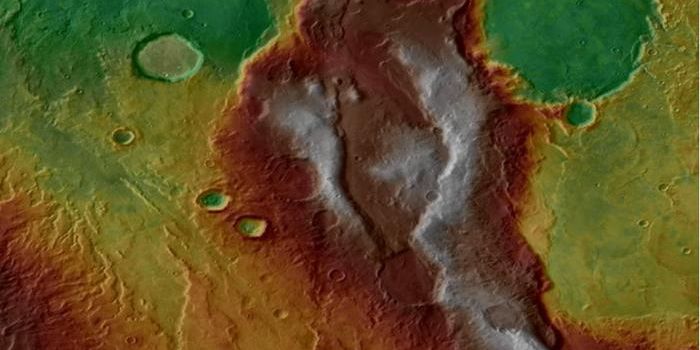Nanosatellites Capture 'Heartbeat' From Orion-based Binary System
It would seem that all this hubbub about nanosatellites isn’t as out of reach as originally thought. Scientists are already using nanosatellites in space today to observe the cosmos and beyond to learn more about what’s actually going on around us.
After the deployment of the BRIght Target Explorer constellation (BRITE), a type of nanosatellite array that was launched for space research, scientists were able to use them to measure one of the brightest ‘heartbeat’ events from a binary star system ever recorded.
Image Credit: Danielle Futselaar
The binary system, known as Iota Orionis, is among the brightest of objects in the Orion constellation. On the other hand, these stars interact with each other because of their own gravitational forces, and this causes fluctuations in brightness.
Published in The Monthly Notices of the Royal Astronomical Society, the researchers detail how the stars would orbit one another in an elliptical manner once every 30 days. In this kind of orbital setting, there are points where the stars are further away from one another, and conversely, when they are closer to one another than anywhere else in the orbital path.
As they get closer to one another, their gravity begins to act on one another, pulling the stars out of their usual shape and increasing their surface area in the process. As this happens, the stars appear brighter for a short time, until they begin to drift away from one another again during their orbital path.
Because this process causes the star system to become brighter and dimmer in this process, it’s known as a ‘heartbeat.’ "The variations are strikingly similar to an electrocardiogram showing the sinusoidal rhythms of the heart, known as heartbeats," says postdoctoral researcher Herbert Pablo of the Université de Montréal.
It’s worth noting that as the stars became closer to one another, it caused vibrations from deep within the stars that the researchers claim is similar to Earthquake-like activity on Earth.
You might also like: This Binary Star System Has 3 Misaligned Planet-Forming Disks
An illustration below shows how the two stars orbit one another:
Being the first time that nanosatellites have ever captured this kind of data, and being that Iota Orionis is the first massive binary system of its kind ever found to exhibit this kind of behavior, it’s hoped that this research will open the door to new studies to come.
-
APR 30, 2024Immuno-Oncology Virtual Event Series 2024
-
MAY 07, 20243rd International Biosecurity Virtual Symposium
-
SEP 03, 2024Microbiology Week Virtual Event Series 2024
- See More


















































